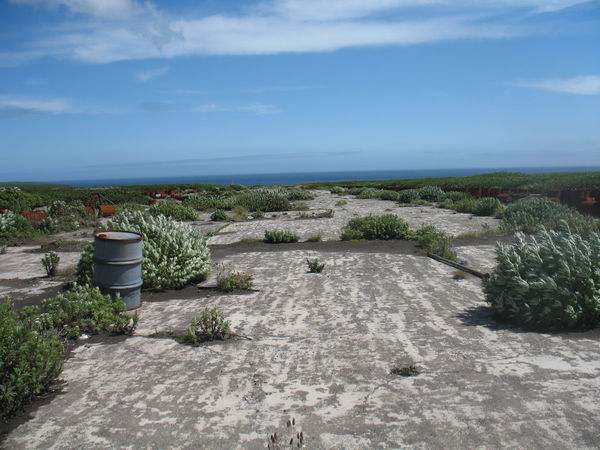The Imperial Japanese Navy operated two all-weather, heated, lit runways on Matsuwa Island in the Kuril island chain.

This island is littered with German fuel drums manufactured in 1943. It also has a 200W transformer on the Island which was manufactured in Opole Silesia, 1939, which was a part of Germany.
For the sake of clarity allow me to mention Evgeniy ("Eugene") Vereshchaga has led many investigative expeditions to the island. He takes tours there every year to view the many WW2 Japanese tanks and guns on the island.
According to Eugene's many blogs on the island (in Russian), there is a Soviet era fuel dump on the island, but all the drums from that fuel dump are tightly packed together and are not dispersed amongst the German fuel drums which are scattered randomly.
The runways had hot geothermal water ducted under them to keep them ice free year around. The heat of the island's Sarachev Volcano keeps the island unusually fog free too. In addition during WW2 the IJN kept the runways lit for night operations.
Access to the island from the sea is impeded by an escarpment with only one narrow concreted landing. Whilst some have suggested the German fuel drums arrived there because of the Soviets, none of the Soviet era airstrips at Sakhalin or other Kurile Islands have German fuel drums. It is something unique to this one island.

I can find no record of German vessels in that area during 1943, or 1944.Please can anybody explain how they got there and provide a source to their explanation?

